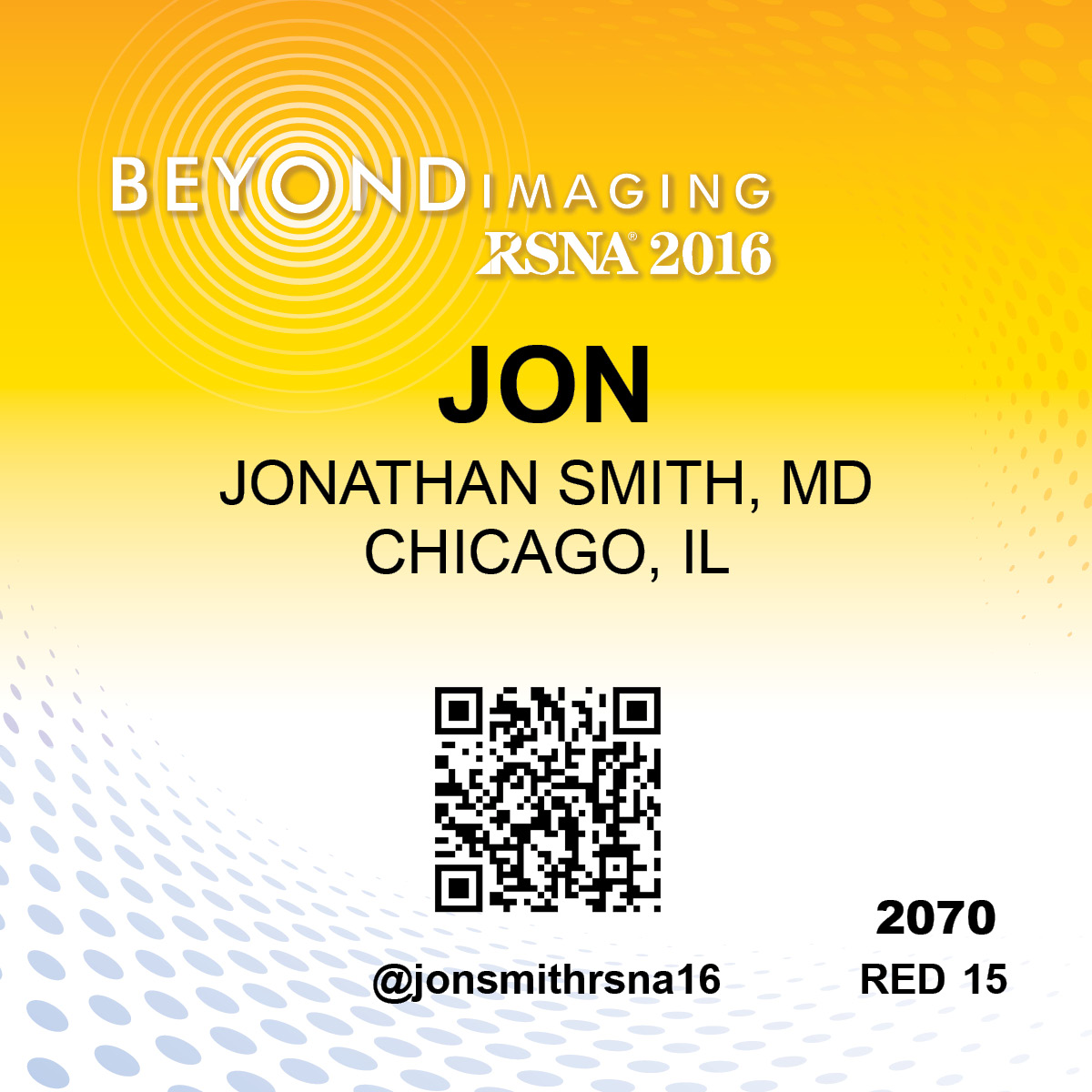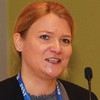Login
Login Issue:
There was an issue with the username or password you provided.
There was an issue with the username or password you provided.

|

|
By clicking yes, you will reserve a ticket for:
By clicking no, you will keep your ticket for:
Approximately 55 courses at RSNA 2016 require e-tickets for entry. By adding an e-ticketed course to your Agenda, you are reserving an e-ticket for that course.
Your Agenda allows you to add multiple items to your calendar so you can keep track of the things that interest you. However, you can only reserve an e-ticket for one course during a given time slot. When you select an e-ticketed course that conflicts with another e-ticketed course in your Agenda, you have the option to either switch your selection or keep the e-ticket for your original selection.
By visiting your Agenda, you can view a list of your e-ticketed courses and modify your selections by adding or deleting courses from your Agenda.
You will not receive printed tickets for any of your courses. Rather, your meeting badge will be scanned at the door for admittance.
Contact myagenda@rsna.org for more information or assistance.
Your meeting attendance has not been verified
To enable access to evaluate courses, claim your credits and access your certificate of attendance, verify your meeting attendance by:



Radiology Should Embrace—Not Fear—the Future

MRI Techniques May Reduce Need for Anesthesia in Children

Questions Remain as MACRA Deadline Approaches

Strain Analysis in Cardiac MRI May Help Diagnose Rare Type of Cardiomyopathy

Costochondral Fractures Related to Higher Mortality Rates in Blunt Polytrauma Patients

Robotic Navigation Systems Aid Complex Intervention Procedures

A Strategy for Success is Critical to Avoiding Failure

Texas Medical Center Transitions to MRI in Diagnosing Children with Appendicitis

Experts Advise on Alternative Sources for Research Funding

Lessons at the Intersection of Quality Improvement and Informatics

Telerobotic Ultrasound System May Improve Access to Care in Underserved Areas

RSNA 2016 Gold Medals Presented

Genomics Research Captures the Margulis Award

Langlotz Named to RSNA Board

Rao is RSNA President-elect

Increased Functional Connectivity in Blind Children

5K Fun Run Raises Over $30,000

Beyond Imaging: The Future of Healthcare Delivery: RSNA Exhibitors Offer Next Generation Solutions
Wednesday At a Glance
New Horizons Lecture Dedicated to Gerald D. Dodd Jr., MD
RSNA Introduces 3-D Printing Special Interest Group
NCI Image Perception Research
Annual Oration in Radiation Oncology Presented Today
Question of the Day:
The NRC dose limit for radiation workers is 50 mSv/yr. How much radiation do flight crews and astronauts get?
Tip of the day:
Typically, mammography units have an HVL of 1cm. This means that a woman with a 6cm thick compressed breast needs at least four times as much radiation as a woman with a 4cm thick compressed breast.
PDF(s):
© 2016 RSNA.
The RSNA 2016 Daily Bulletin is the official publication of the 101st Scientific Assembly and Annual Meeting of the Radiological Society of North America. Published Sunday, November 29 — Thursday, December 3.
Daily Bulletin Editorial Board and staff
The RSNA 2016 Daily Bulletin is owned and published by the Radiological Society of North America, Inc., 820 Jorie Blvd., Oak Brook, IL 60523.
Editorial Board
Managing Editor
Executive Editor
Executive Director
Assistant Executive Director: Marketing and International Affairs
Director: Public Information and Communications
Director: Corporate Relations
Production Manager
Production Assistants
Daily Bulletin Online
Question:
The NRC dose limit for radiation workers is 50 mSv/yr. How much radiation do flight crews and astronauts get?
Answer:
Typical annual dose for commercial airline flight crews is 2-4 mSv. Typical mission doses on the international space station are 100-150 mSv.
